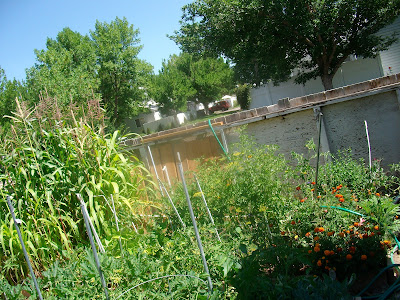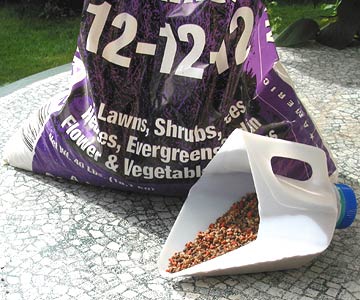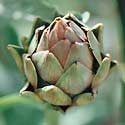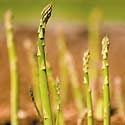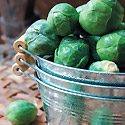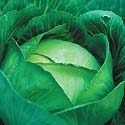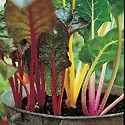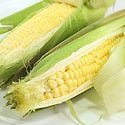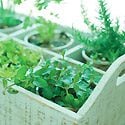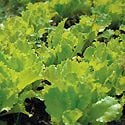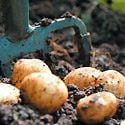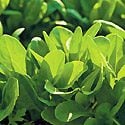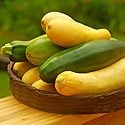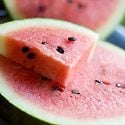
The Most Efficient Irrigation System in the World
If you live in a hot and dry location and you want to grow a garden, or keep a potted plant on your balcony, you have a problem.
It’s very hard to keep your plants properly watered.
I might have a resilient solution for you. It’s a simple, low-cost technology that works for you, around the clock.
Specifically, it’s an ancient bit of technology from Northern Africa/China that may be the most efficient irrigation system in the world. It has the capacity to:
- Use 50-70% less water (which makes it a nice compliment to a rainwater harvesting system).
- Control soil moisture levels to prevent over-watering and reduce irrigation labor.
- Allow planting by seed. Reduce weed cover (by depriving surface rooting plants of water).
- And much more…
What is it?
It’s simply a clay pot called an Olla (pronounced oy-yah). This clay pot is buried in the soil next to the plants you want to irrigate as you can see at the center of this photo (via
Dripping Springs).
To irrigate, you simply add water to the pot. The pot then slowly releases the water to the plant over time.
Very simple.
The Olla
Here’s what an Olla looks like:
It’s a terracotta clay pot that is:
- Unglazed (you can glaze the neck and lip).
- Fatter at the bottom than at the top.
- Open at the top (typically with a lip to make filling it easier).
To put it to use, bury the pot next to the plants you want to water and cap it with a fitted cap or a stone to prevent mosquitoes from using it.
After that, just keep it filled.
Photo of Ollas that are about to be buried.
The technology employed by the Olla is pretty simple.
The unglazed clay of the pot only releases water upon demand, when it senses negative pressure (suction). It doesn't just seep out continuously. This negative pressure is caused by plants. When plant roots use the water, removing it from the soil, negative pressure is created. The interaction between the plant and the pot is what makes it so efficient.
Well, I’m back on the hunt to find great insight/experts for this month’s report.
Sincerely, JOHN ROBB
PS: If you know somebody that might benefit from this idea, please share it with them!

